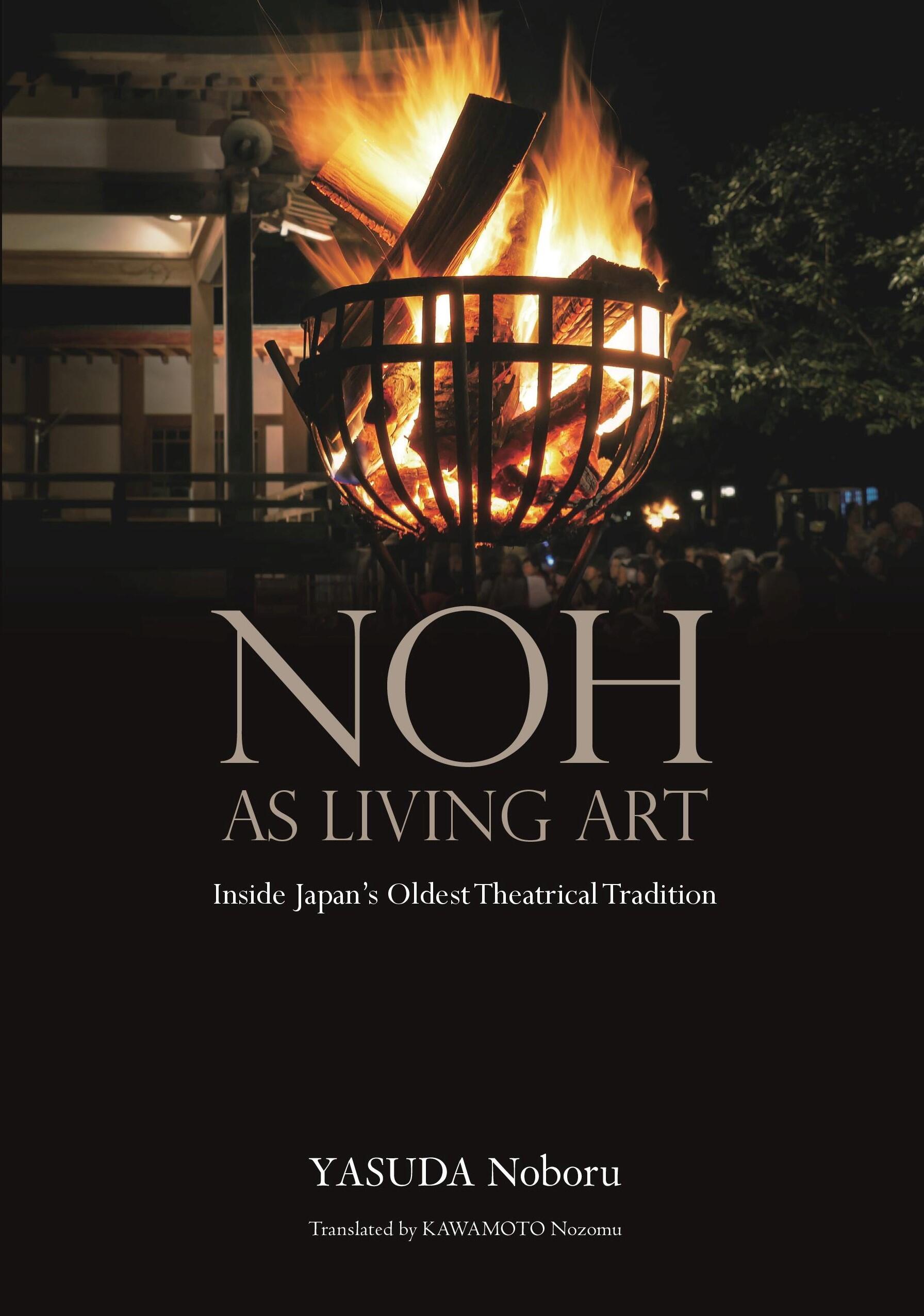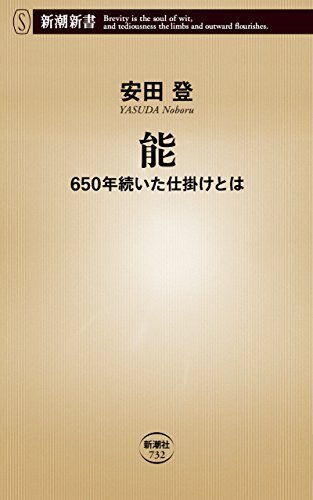Noh is recognized as one of the oldest and greatest theatrical traditions in the world. Embraced by the samurai elite some 650 years ago, it ultimately permeated every level of Japanese society through the vehicle of utai (noh singing) and inspired generations of writers and scholars in Japan and around the world. What accounts for noh’s enduring vitality? What does this austerely beautiful, understated art form have to offer a digitalized society awash in instant entertainment? Noh actor Yasuda Noboru answers these and other questions in this uniquely personal and accessible introduction to noh as living art.



